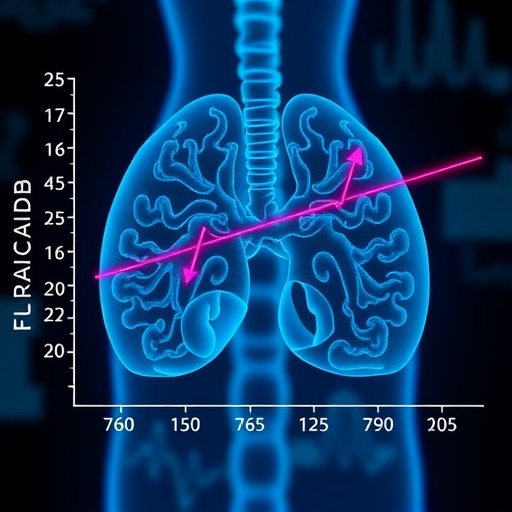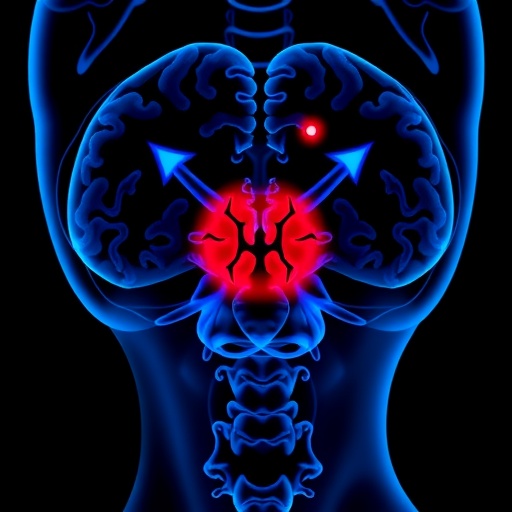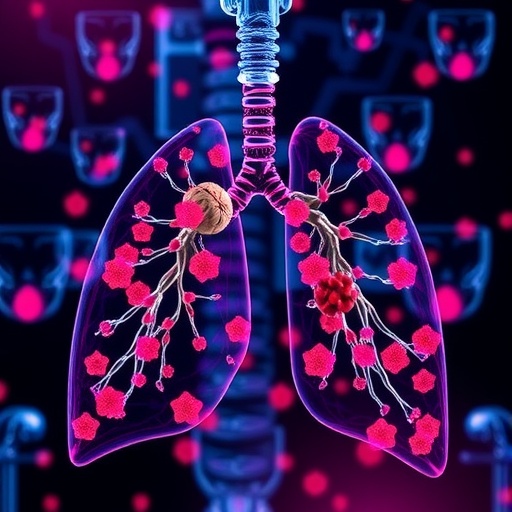In a landmark umbrella review published in BMC Cancer, researchers have delved deeply into the complex relationship between statin use and the risk of developing hepatocellular carcinoma (HCC) in individuals afflicted with metabolic dysfunction–associated steatotic liver disease (MASLD) and type 2 diabetes mellitus (T2DM). This comprehensive analysis synthesizes evidence from multiple meta-analyses and systematic reviews to provide clarity on the preventive potential of statins against one of the most lethal liver cancers worldwide.
Hepatocellular carcinoma, the predominant form of liver cancer, poses an evolving global health challenge with increasing incidence in populations burdened by metabolic disorders. MASLD, formerly known as non-alcoholic fatty liver disease (NAFLD), alongside T2DM, contributes significantly to liver inflammation, fibrosis, and ultimately oncogenic transformation. Despite various observational studies suggesting statins—commonly prescribed lipid-lowering agents—may confer chemopreventive benefits, the evidence remains fragmented and sometimes contradictory.
This umbrella review rigorously evaluated literature indexed from January 2013 through October 2024, encompassing extensive databases such as Cochrane, Embase, Scopus, and PubMed. Employing the AMSTAR2 tool, researchers ensured that only systematic reviews and meta-analyses of medium to high methodological quality were included, thereby enhancing the reliability of the synthesized conclusions while controlling for biases inherent in previous individual studies.
The findings are illuminating. Statin use in patients with T2DM demonstrated a robust association with a significant reduction in HCC risk. Numerical synthesis across six studies within two meta-analyses revealed a striking relative risk (RR) of 0.16, suggesting that diabetics on statins experience up to an 84% reduction in their likelihood of developing HCC compared to non-users. This dramatic risk attenuation underscores the potential pivotal role of statins not only as lipid modifiers but also as agents influencing hepatic oncogenesis pathways.
Conversely, the same protective signal was not observed in patients suffering from MASLD. Analysis derived from five studies within a single meta-analysis indicated a nonsignificant association (RR: 0.89), meaning statin therapy did not significantly alter the risk of HCC onset in this group. This divergence between MASLD and T2DM could suggest underlying pathophysiological differences, possibly linked to variations in inflammatory milieu, degree of liver fibrosis, or metabolic factors intrinsic to each condition, warranting further mechanistic exploration.
The mechanistic plausibility of statins reducing cancer risk, particularly in diabetics, may hinge upon their well-documented pleiotropic effects. Statins inhibit HMG-CoA reductase, consequently reducing cholesterol synthesis and downstream products critical for cell membrane integrity and signaling. Furthermore, they possess anti-inflammatory and immunomodulatory properties, potentially attenuating hepatic stellate cell activation, fibrosis progression, and oncogenic signaling cascades such as the PI3K/Akt and Ras/MAPK pathways.
Considering the high burden of T2DM worldwide and the rising prevalence of MASLD, these findings hold immense translational significance. Statins, known for their cardiovascular benefits, might emerge as dual-purpose agents in the diabetics’ therapeutic arsenal—simultaneously mitigating cardiovascular risks and considerably lowering HCC incidence. This dual utility could revolutionize current clinical guidelines, prompting earlier or more widespread statin initiation among high-risk diabetic populations.
Nonetheless, the lack of a significant effect in MASLD patients highlights the complexity of liver cancer pathogenesis. MASLD is a heterogenous disease with stages ranging from simple steatosis to non-alcoholic steatohepatitis (NASH) and cirrhosis, each displaying different cancer risk profiles. The umbrella review underscores that future prospective studies need to stratify MASLD patients by inflammatory and fibrotic stages to discern subsets that might benefit from statin therapy or require alternative interventions.
Moreover, this distinction indicates that statins’ chemopreventive mechanisms might vary or be insufficient in addressing the multifactorial pathophysiology of MASLD-related hepatocarcinogenesis. Other variables, including genetic predispositions, microbiome alterations, and environmental factors, are likely contributors that modulate cancer risk independently or synergistically with metabolic dysregulations.
Such complexity calls for integrated research approaches marrying clinical epidemiology with molecular biology to unravel how statins interact with cellular and molecular pathways within diseased livers. Biomarker-driven, personalized medicine strategies could pinpoint patients who would derive maximal benefit from statin therapy and optimize treatment timing and dosage.
Importantly, the umbrella review also highlights the methodological challenges prolific in observational and meta-analytic studies, such as unmeasured confounders and heterogeneity in study populations, statin types, dosages, and treatment duration. Addressing these issues in future randomized controlled trials (RCTs) will be crucial to definitively establish causality and inform evidence-based clinical decision-making.
From a public health perspective, these findings could impact screening and prevention strategies for HCC, prioritizing diabetic patients for more rigorous surveillance and consideration of statin therapy as an adjunct preventive measure. Clinicians could leverage this evidence to advocate for statin adherence, mitigate hesitations related to hepatic safety concerns, and personalize risk-benefit discussions with patients.
The possibility of repurposing statins—affordable, widely available, and with a well-known safety profile—as chemopreventive agents against HCC represents an exciting frontier in hepatology and oncology. It challenges researchers to delve deeper into the nuanced interplay between metabolic disorders, liver pathology, and pharmacological interventions, forging pathways toward improved morbidity and mortality outcomes.
In closing, this umbrella review by Hosseinkhan et al. in BMC Cancer crystallizes the potential of statins in reducing HCC risk in diabetic populations while illuminating the gaps that remain unexplored in MASLD contexts. It advocates for methodically designed future investigations and a finer understanding of liver disease heterogeneity to optimize preventive strategies against one of the deadliest cancers globally.
As the scientific community continues to grapple with the rising tide of metabolic liver diseases and their oncologic complications, studies like this underscore the imperative for cross-disciplinary collaboration. Unlocking the full potential of existing pharmacotherapies against cancer will necessitate innovative trial designs, comprehensive biomarker panels, and an unwavering commitment to translational research that bridges bench to bedside.
Statins may be long-standing tools in cardiovascular health, but their emerging role in oncology could redefine clinical paradigms. Harnessing these insights promises a dual avenue of protection for millions worldwide, marking a significant leap in the war against liver cancer.
Article Title:
Statin use and risk of HCC in patients with MASLD and T2DM: an umbrella review and meta-analysis
Article References:
Hosseinkhan, N., Najafi, L., Jahangiri, S. et al. Statin use and risk of HCC in patients with MASLD and T2DM: an umbrella review and meta-analysis. BMC Cancer 25, 875 (2025). https://doi.org/10.1186/s12885-025-14299-2
Image Credits: Scienmag.com
DOI: https://doi.org/10.1186/s12885-025-14299-2
Tags: AMSTAR2 methodology in health researchchemopreventive benefits of statinsglobal health challenges of liver cancerlipid-lowering agents and liver inflammationliver cancer epidemiology and preventionMASLD and liver cancer preventionmeta-analysis of statin use in T2DMmetabolic dysfunction-associated steatotic liver diseaseobservational studies on statins and liver diseasestatins and hepatocellular carcinoma risksystematic review of statin efficacytype 2 diabetes and liver health





